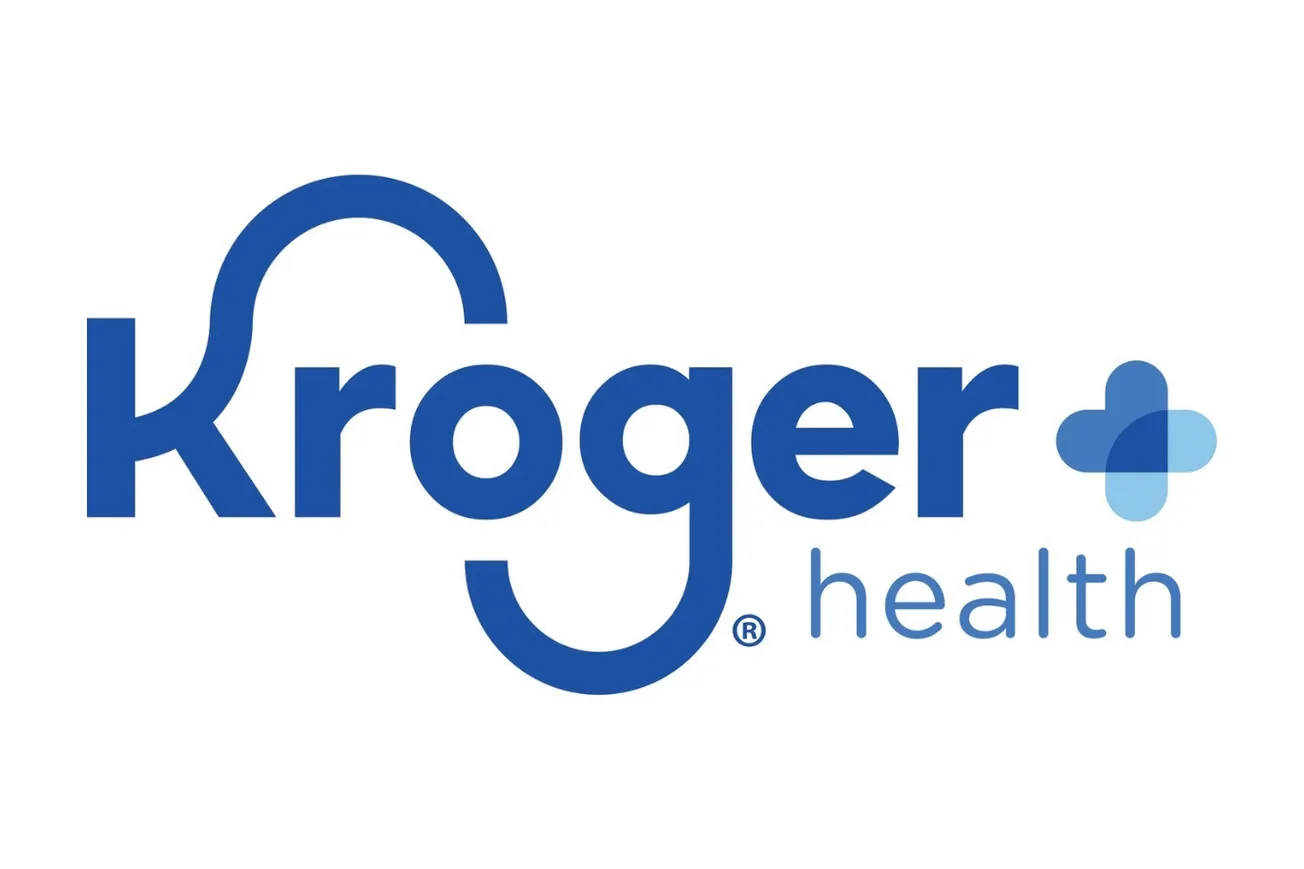Retail sales in February were down from January but up year over year, according to the U.S. Census Bureau, suggesting that consumers are still spending, despite inflation that remains stubbornly high.
 The figures were released earlier this month against a backdrop of mixed messages on the economy’s health. The tech sector was announcing big layoffs — Facebook CEO Mark Zuckerberg said on March 14 that his company would cut 10,000 jobs — and the failure of Silicon Valley Bank and Signature Bank raised concerns that the U.S. banking system would be vulnerable if the Federal Reserve keeps raising interest rates. But the consumer price index rose 0.4% month over month in February and 6% year over year, suggesting that further rate hikes will be needed.
The figures were released earlier this month against a backdrop of mixed messages on the economy’s health. The tech sector was announcing big layoffs — Facebook CEO Mark Zuckerberg said on March 14 that his company would cut 10,000 jobs — and the failure of Silicon Valley Bank and Signature Bank raised concerns that the U.S. banking system would be vulnerable if the Federal Reserve keeps raising interest rates. But the consumer price index rose 0.4% month over month in February and 6% year over year, suggesting that further rate hikes will be needed.
But while big tech companies are cutting jobs, unemployment remains low across much of the economy. And that means consumers, although frustrated by rising prices, still have money to spend in retail stores.
And while the Census Bureau’s estimates suggest that overall retail sales in February were down 0.4% from January but up 5.4% year over year, the National Retail Federation’s figures were more upbeat.
NRF’s calculation of retail sales — which excludes automobile dealers, gasoline stations and restaurants to focus on core retail — showed February was up 0.5% from January and up 6.5% unadjusted year over year. In January, sales were up 2% month over month and up 6.9% year over year. NRF’s numbers were up 6% unadjusted year over year on a three-month moving average as of February.
“February’s retail sales growth is not surprising, given the strong growth we saw last month, continuing to reflect consumers’ ability and willingness to spend thoughtfully on household priorities,” NRF president and CEO Matthew Shay said. “While recent volatility in banking and financial markets is adding to economic uncertainty, the underlying fundamentals in the consumer economy remain on solid footing, as jobs and wages are growing and inflation is trending down.
“Retailers continue to find innovative ways to meet consumers with the right products, offer the best prices to help families stretch their dollars, and deliver great experiences.”
NRF chief economist Jack Kleinhenz concurred.
“Sales growth has slowed in recent months, but consumers’ economic health still looks good,” Kleinhenz said. “February is typically the slowest month of the year, so monthly fluctuations are expected. Sales are higher than last year, and that’s due in large part to the strong labor market, which means more income and spending. We are seeing a decent trend for retail sales growth built on the upward revisions to December and January sales. Nonetheless, seasonal adjustment factors the government is applying to the monthly data to account for irregular post-pandemic spending patterns make it difficult to accurately measure the strength of the consumer.”
Consumers are still feeling the effects of inflation, and they are adjusting their spending accordingly. During a conference call on the company’s fourth quarter and full-year results, Dollar General CEO Jeff Owen noted that basket size had gone up, in part because of rising prices, but that customers were looking to lower-cost options, including private label products.
The upshot is that the outlook for the overall U.S. economy is still uncertain, and will likely remain so. But mass retailers who can offer their customers ways to save will likely continue to do well — in good economic times as well as in bad ones.





